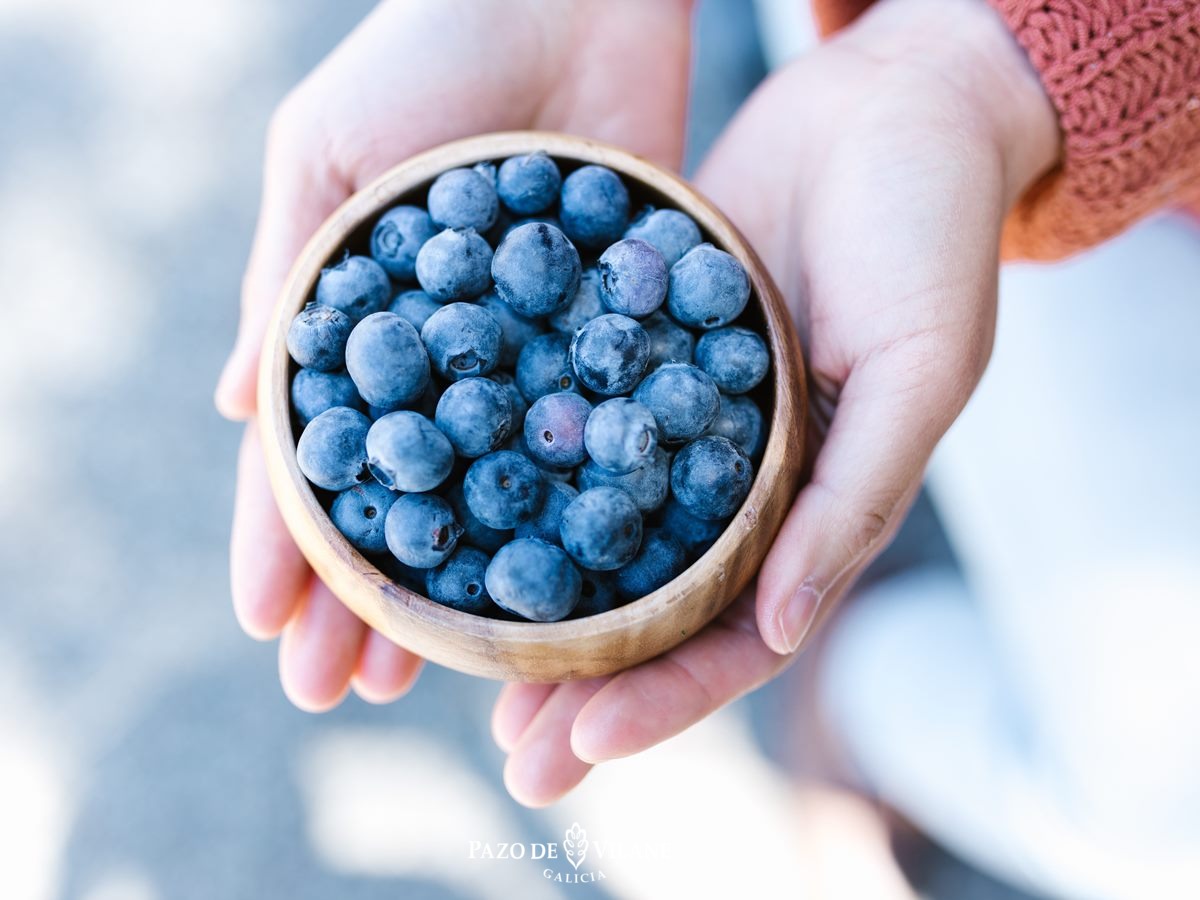The Economist magazine highlights the boom of blueberry in Peru and highlights that farmers have transformed the market in just 10 years.
This is the time of the call “BLUE GOLD”
LOOK Three recipes from chef ‘Micha’ to prepare trout at home
“Peru caught the blueberry bug just over a decade ago. Farmers noticed that their counterparts in Chile were making a lot of money selling the fruit out of season in the United States, when prices are high. They tried to do the same, and things have worked out better than anyone dared hope. In 2013, Peruvians earned about $17 million exporting blueberries; last year, revenue had soared to $1.7 billion. In 2019, Peru became the world’s largest exporter of fresh blueberries. Today, it sends more than twice as many berries abroad as its closest rivals,” the publication underlines.
The called the blue revolution of Peru It relies on new “low-chill” varieties that thrive on the Peruvian coast. “The International Blueberry Organization, an industry group, says that in 2022 the yield of a typical Peruvian blueberry farm was almost double the world average (which is nine tons per hectare). Julio Zavala of Fall Creek, an American blueberry breeder, estimates that it takes only about two years for a new farm in Peru to start turning a profit. Elsewhere, four years is more common,” according to The Economist.
The blueberry is a wild berry native to North America, where it was harvested for human consumption, but over time its production has become more technical and widespread worldwide due to its high demand.
According to the Ministry of Agriculture in Peru, the first plantation on record was in Arequipa in 2008. It started with 10 hectares and 100,000 plants, and most of them collapsed shortly after planting.
Its cultivation is very delicate and requires a process of preparation and modification of soil conditions, aspects that take time and can make the difference between a successful plantation or one that is stillborn.
The Economist reports that “blueberry growers have also benefited from trends that have boosted all manner of Peruvian products, such as tax breaks and mega irrigation projects that have opened up land along Peru’s desert coast. Between 2000 and 2023, total annual Peruvian agricultural exports grew 16-fold to $10.5 billion.”
The trade publication notes that blueberries remain by far the most profitable crop.
WHY IS ITS CONSUMPTION SO ATTRACTIVE AND WHY IS THERE SO MUCH DEMAND IN THE WORLD?
The Peruvian blueberry export and marketing trade association (ProArándanos) highlights that blueberries are a healthy food that helps relieve stress.
It contains fiber, which helps maintain a healthy heart and controlled cholesterol levels. It also has vitamin C to maintain a healthy immune system, vitamin K for the circulatory system, as well as manganese, which helps convert proteins, carbohydrates and fats into energy.
Blueberries are certified heart-healthy by the American Heart Association (AHA) Heart-Check food certification program.
Blueberries have a high antioxidant value, which, combined with their low calorie level, makes them ideal for maintaining a good weight while reducing cellular degeneration throughout the body, especially the skin.
It helps fight urinary tract infections, especially in women.
It also has great anti-inflammatory power and helps heal wounds, according to Jorge Cabrera, a biologist at the National Institute of Health of the Ministry of Health.
Although they can be consumed in preparations such as desserts, jams and juices, experts recommend eating them in their natural state, that is, fresh and well washed.
WHERE IS IT PRODUCED?
The main blueberry producing region in Peru is La Libertad, which has 46% of the surface planted with this agricultural product, followed by Lambayeque (29%), Ica (6.8%), Lima (6.7%), Ancash (6.4%), Piura (5.3%) and Moquegua (0.4%). Likewise, 85% of the volume exported from Peru is carried out from August to December, according to ProArándanos statistics, cited in a report. report from the newspaper El Peruano.
According to the same report, in 2023, blueberries grown in Peru were exported to 44 international markets and of this total, the United States demands 57%, constituting itself as the main destination market.
The Economist notes: “Peruvian exporters are eyeing China, which produces a lot of its own blueberries but could consume much more. And there is more land in Peru that could be used to grow the fruit, if politicians and investors approve the big infrastructure projects needed to irrigate them.”
The magazine warns that producers will also have to avoid some risks in the future. Last year, for example, extreme weather conditions robbed Peru of a large share of its production (although its export earnings continued to increase, as world prices soared).
Take advantage of the NEW EXPERIENCE, receive our enriched digital newspaper by email or WhatsApp. Perú21 ePaper!Get to know our plans!
RECOMMENDED VIDEO

















